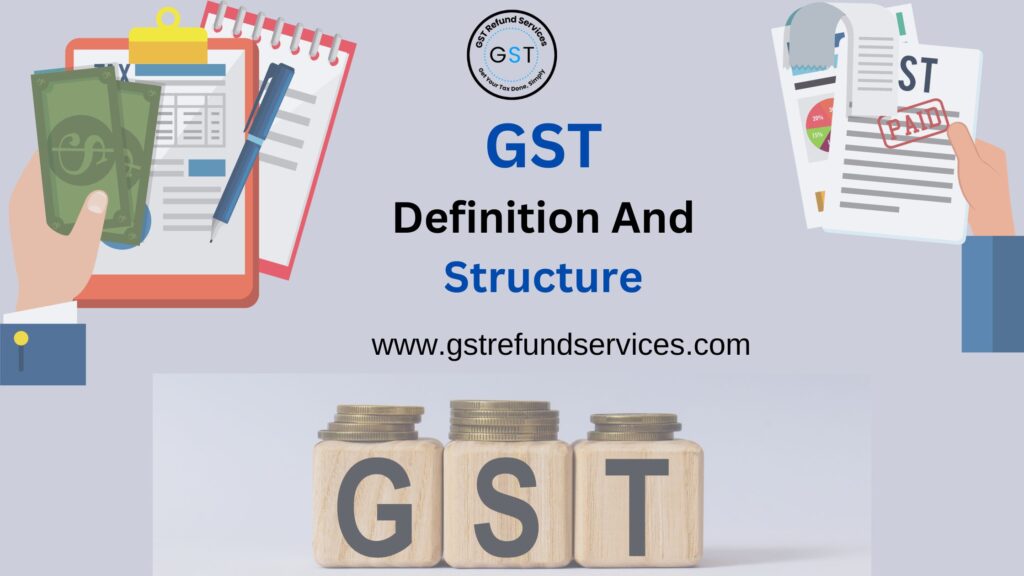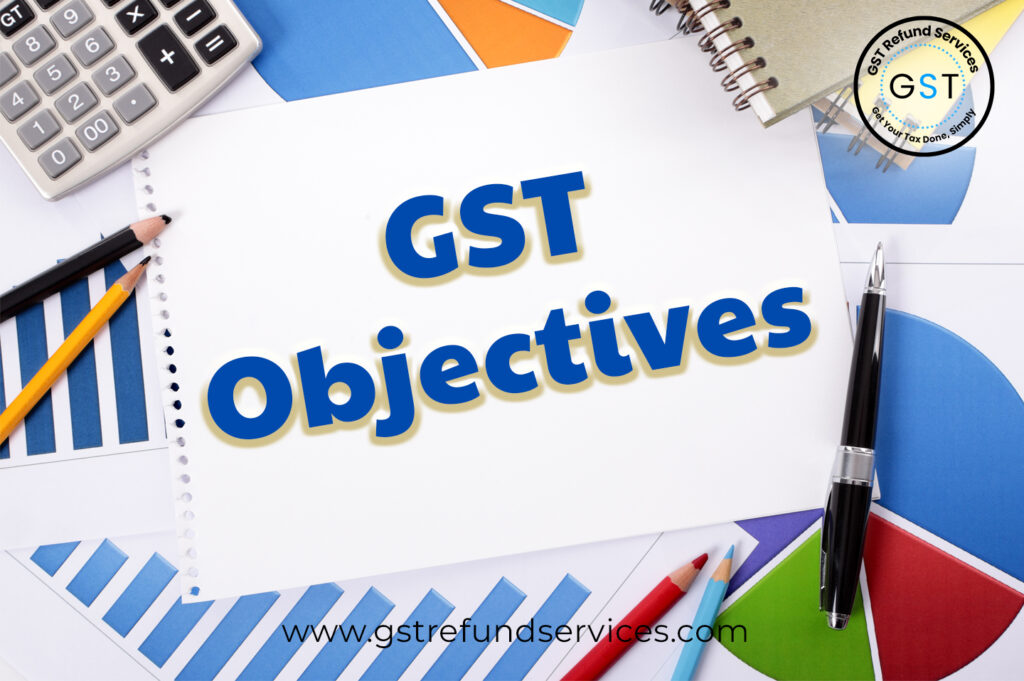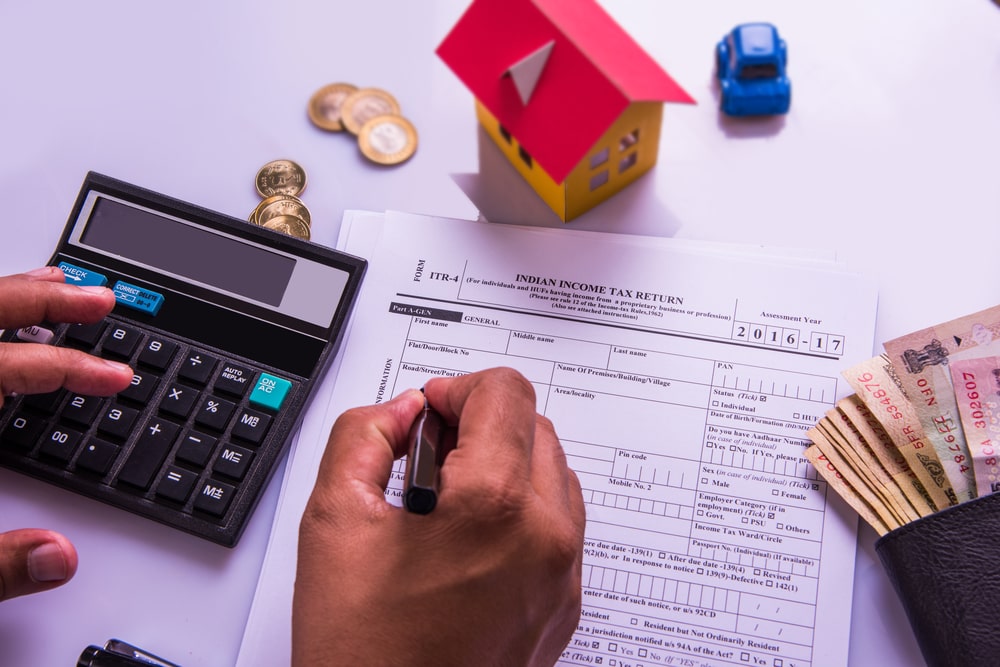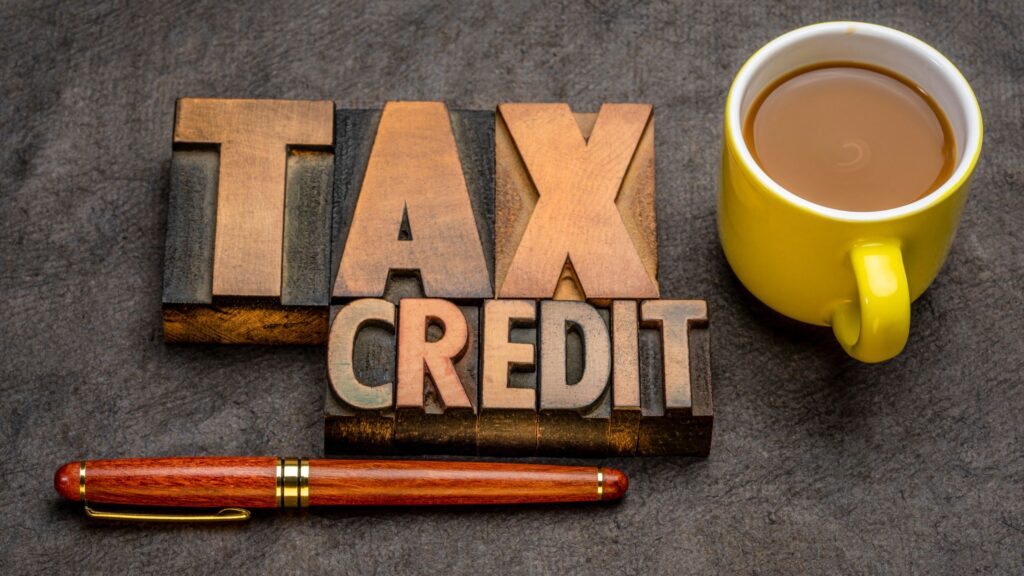2.1 Definition And Structure

2.1.1 Explicit Definition Of “Goods And Services Tax”
The goods and services tax is a comprehensive indirect tax levied on the supply of goods and services. By charging the value given at each stage of production and distribution, this tax system attempts to avoid the complexity and cascading effects associated with traditional taxation techniques.
The core concept of is that it only taxes the value added to an item or service at each stage of the supply chain. Because firms may claim a credit for the GST they have already paid on their inputs, the end consumer will pay less in taxes. GST is primarily designed to be a consumption tax.
Businesses pay the GST managed by the government at several stages throughout the supply chain. The tax is subsequently included in the final price charged to the client by these businesses. In turn, the government utilizes GST income to enhance infrastructure and provide public services.
2.1.2 Sales Tax, VAT, And GST
To properly appreciate the uniqueness of the Goods And Services Tax system, it is critical to understand the key differences between GST, sales tax, and value-added tax (VAT):
Sales Tax: Sales tax is normally only applied at the time of the final customer purchase. It is calculated as a percentage of the total selling price of an item or service. In contrast to GST, sales tax does not account for the value added at each stage of manufacturing or distribution. The tax can then be charged to the total product value at each stage, generating a cascading impact.
Value-added tax (VAT): VAT taxes the value added at each level of the supply chain in the same manner as GST does. However, differences in nomenclature and administrative processes may exist between nations that utilize GST and those that do not. The wording chosen by various nations to characterize their separate systems—for example, VAT in some countries and GST in others—is usually crucial.
2.2 Goods And Services Tax Objectives

2.2.1 The Production Of Money
One of the primary aims of the Goods And Services Tax is to generate revenue for the government. The GST provides the government with a consistent and long-term stream of revenue that may be utilized to fund a range of public services, infrastructure upgrades, and social programs.
GST is more efficient and trustworthy than previous taxing tactics since it may collect tax money at multiple points throughout the supply chain. Furthermore, GST enhances the government’s revenue collection operations by reducing tax evasion and increasing compliance.
2.2.2 Taxation Is Made Simpler
GST simplifies the taxation system by replacing a complex web of indirect taxes with a single, unified tax structure. Prior to the establishment of the GST, many countries had a variety of federal and state taxes, each with its own set of rules, rates, and compliance requirements. This intricacy not only burdened businesses, but it also created potential for tax evasion.
GST streamlines the tax system, making it easier for businesses to understand and comply with tax regulations. It promotes standardization and openness, reducing the administrative load on taxpayers and tax authorities.
2.2.3 Promoting Adherence
GST encourages tax compliance by developing a transparent and self-enforcing tax system. Input tax credit (ITC) incentives incorporated into the system encourage businesses to report their transactions properly and pay the GST owing.
Businesses can utilize the ITC to obtain a credit for GST paid on previous purchases and costs. This reduces the effective tax rate and motivates businesses to ensure that their suppliers follow GST laws. GST fosters a compliance culture and, as a result, discourages tax avoidance.
Visit Our Website GST Refund Services for More!


